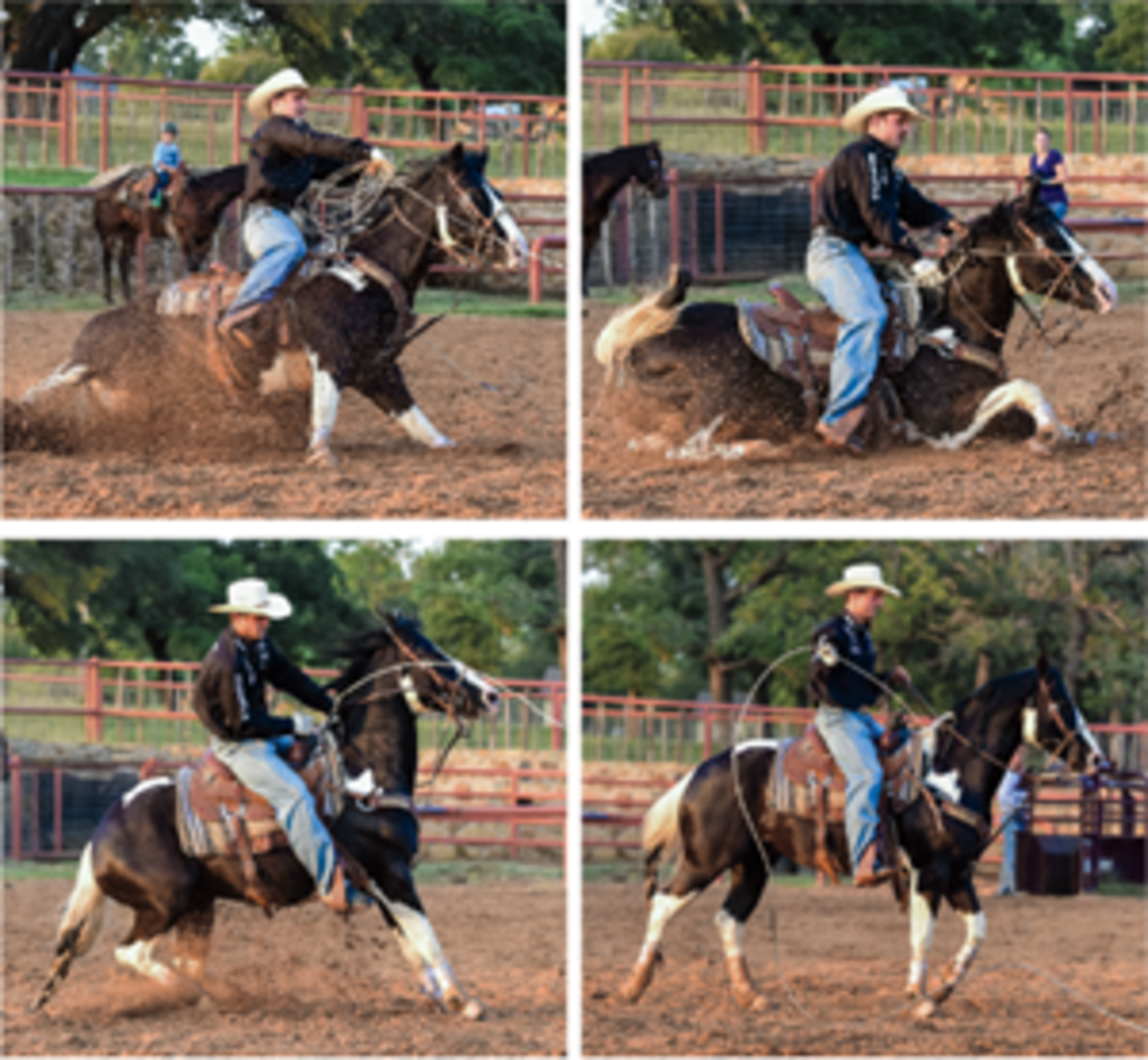Finding the next great horse is a perpetual challenge for the top professional ropers. Wrangler National Finals Rodeo heeler Shay Carroll is always looking for the one that hasn’t quite reached its prime. In the following points, he shares his method to minimize the risk of horse buying.
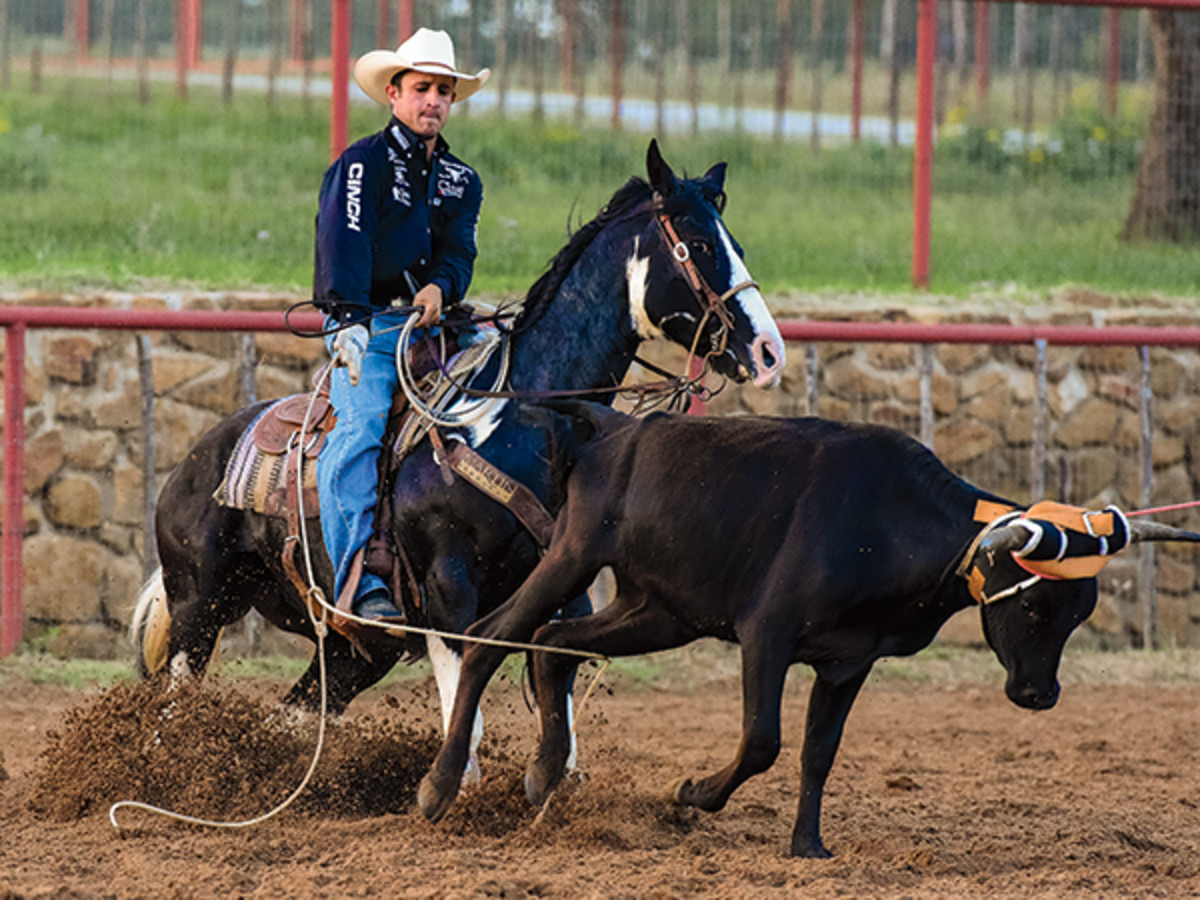
1. Staying mounted is a never-ending battle. For me, every horse is a prospect unless already proven at the professional level. Since proven horses are extremely valuable, they are difficult to afford, which leaves many ropers like myself constantly trying to find the next great one before its prime. Continuously finding these horses before their prime is more than difficult—it’s next to impossible. They are simply that rare. However, I think there are specific traits a roper can look for when purchasing prospects that can increase the chance of obtaining a good horse and decrease the chance of getting stuck with a pickle.
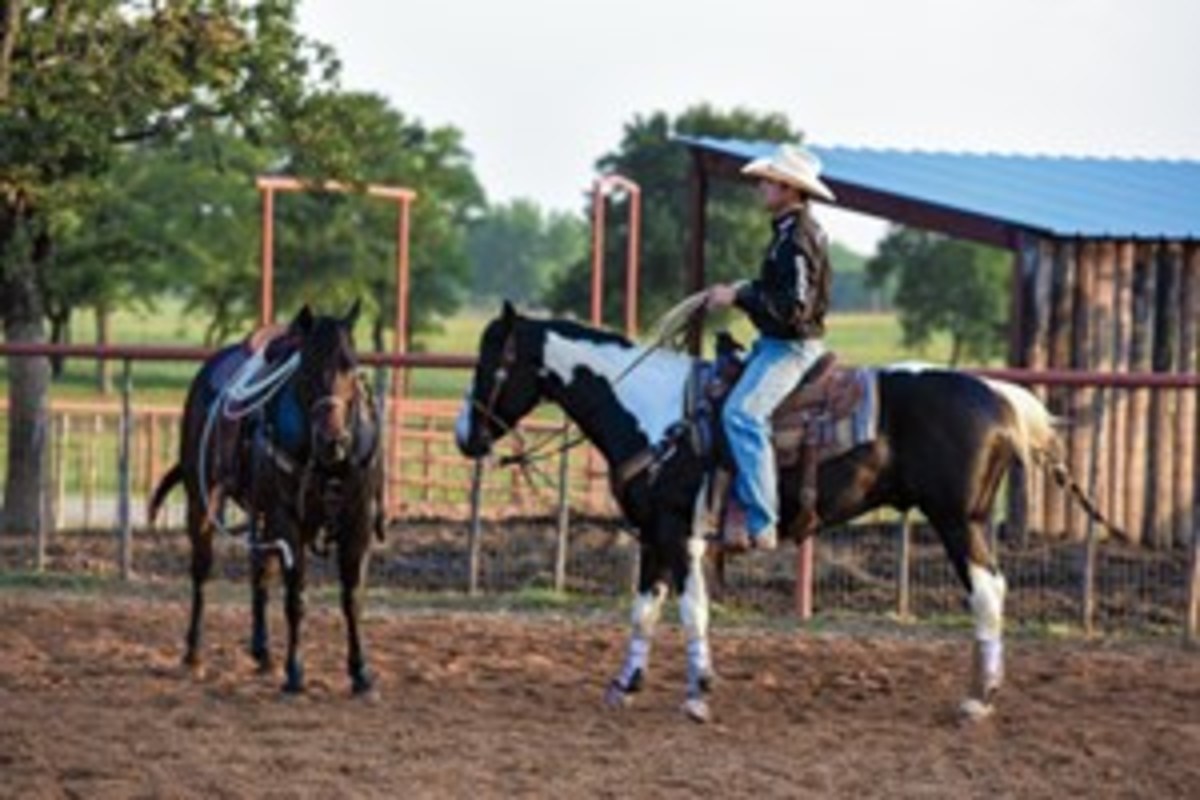
2. Before I even get on, I take into consideration my first impression of the horse. I tend to lean to the negative, skeptical side to begin with strictly because the more I am around a horse the more my mind can begin to play tricks. Have you ever heard the saying, “trying to talk yourself into it?” I do my best to avoid that, so I always have a solid first impression to fall back on.
Next, I begin to look at the horse’s physical conformation. I believe there are traits in the conformation that can make heeling easier for some horses and harder for others. Is the horse built uphill? How low is the hock? How does it set in relationship to the hip? How does his neck come out of his shoulders? How heavy are the shoulders? In one of my first purchases, I bought a horse that was built downhill and straight legged in the back end, however, his neck came out of his shoulders very high. This horse fooled me until I began roping on him because he felt uphill strictly because he was high headed. This horse always struggled to stop and as I learned more, I realized why he had such difficulty. Ideally, I want a horse that has a low hock that cuts underneath the hip, a heavier rear and a lighter front end with his withers higher than his hip.
These physical traits do not make or break the horse, but they are important to be aware of before I even step on.
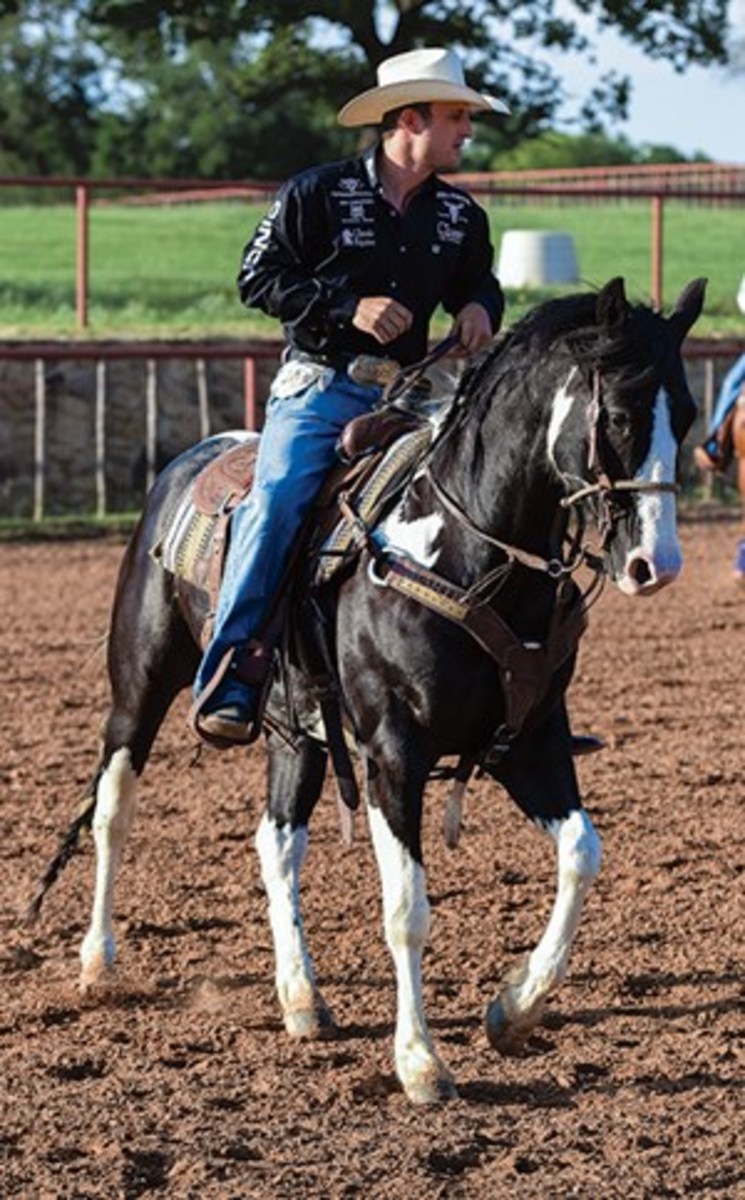
3. When I get on the horse, the next thing I search for is a feel. You can tell a lot about how the horse was trained by how he feels in the bridle and how he rides around. Is he soft and supple? What buttons does he have? Does he stay between my legs and my hands? Finally, how does the horse move? A horse that cats around and is light on his feet is a must.
When I begin trying a horse, I assume that most negative traits will be magnified once I begin going faster. Most all horses will have a problem somewhere, but you have to assume they’ll get worse before they get better. When I’m thinking about buying a horse, first I ask myself: Could I live with his problems forever? Next, I ask, Do I have the buttons to fix the problem?
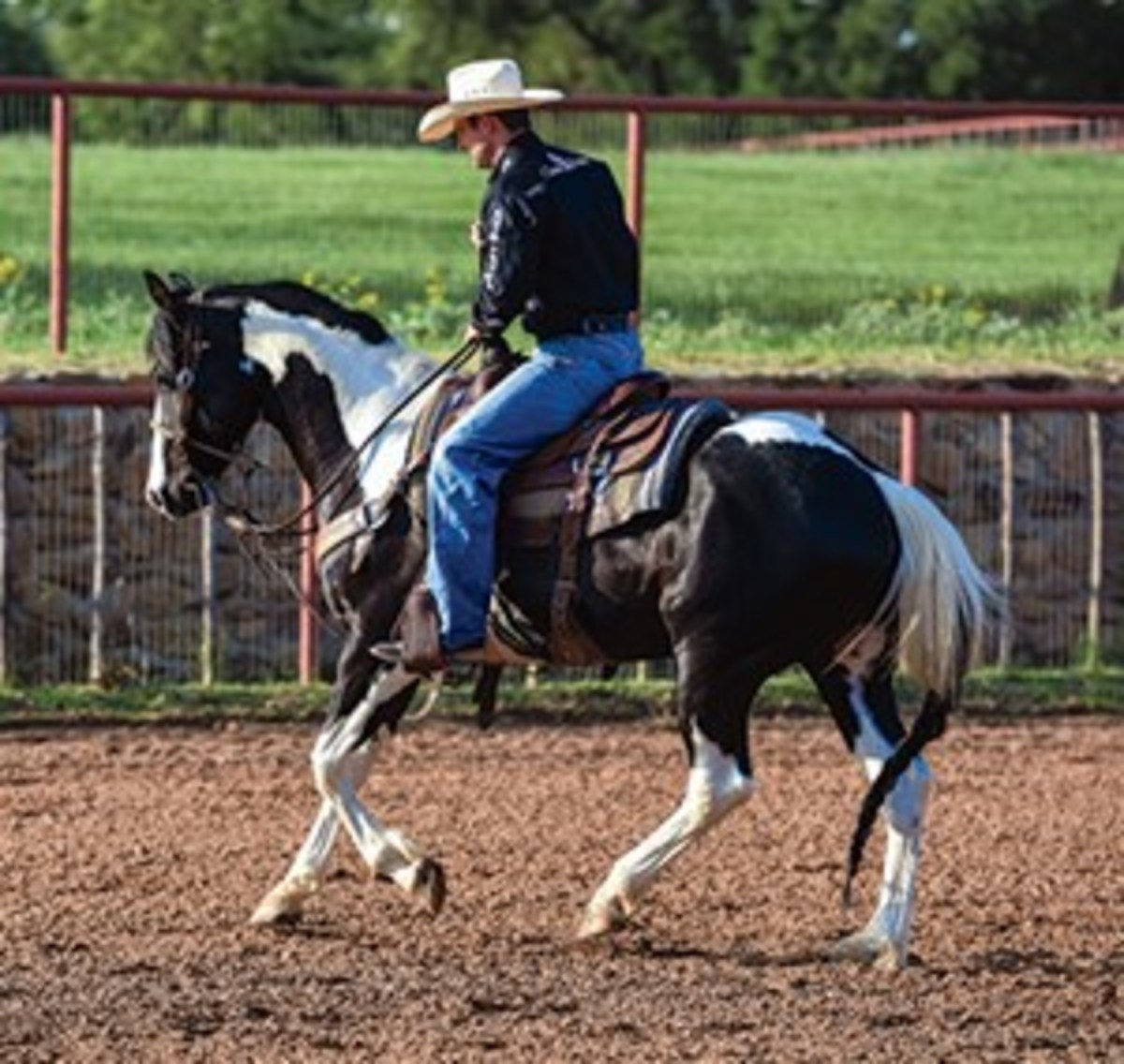
4. To me the most important part of a heel horse is the stop. The best way to find out how a horse naturally wants to stop is to run him and pull on the bridle reins. This sounds simple, since many horses can stop if you set them up for it, but a great heel horse needs to be searching for the stop. Stopping should be easy for them. That’s not something that I want to work on. With stopping, usually either they can or they can’t. Of course, there are exceptions, but we’re trying to find something that’s just before its prime.
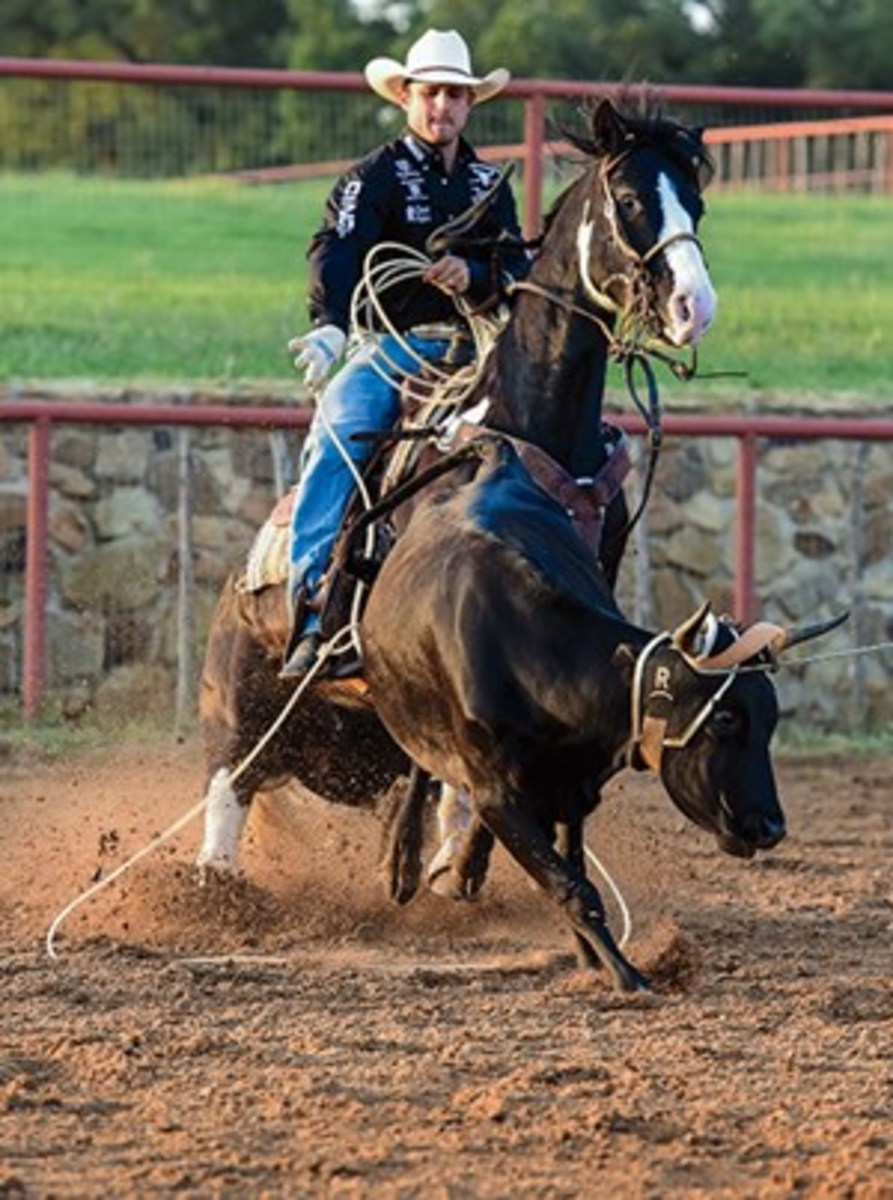
5. Finally, after I have pushed the horse, I assess his demeanor and his mind. I want a horse with a good temperament that wants to please. I would much rather take a good-minded horse and try to step him up physically (that’s the gamble, can he step up to the next level?) than to be stuck with a horse that isn’t as calm that I’m always trying to slow down.
When you’re training them and trying to step them up, you’re going to run into problems. There’s so many horses that when something like this picture happens, they freak out and become unstable. One that can handle this and then just walk off is pretty unusual.
When purchasing an unproven horse, there will always be risk involved. However, if you go through this process and purchase a horse I described and then the horse physically can’t step up to that next level, what do you have? My answer is a quality product that still fits the majority of people. I think that’s what eliminates the risk and will allow me to keep searching for that next great one.
